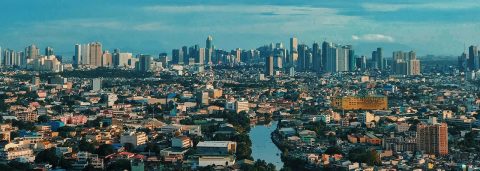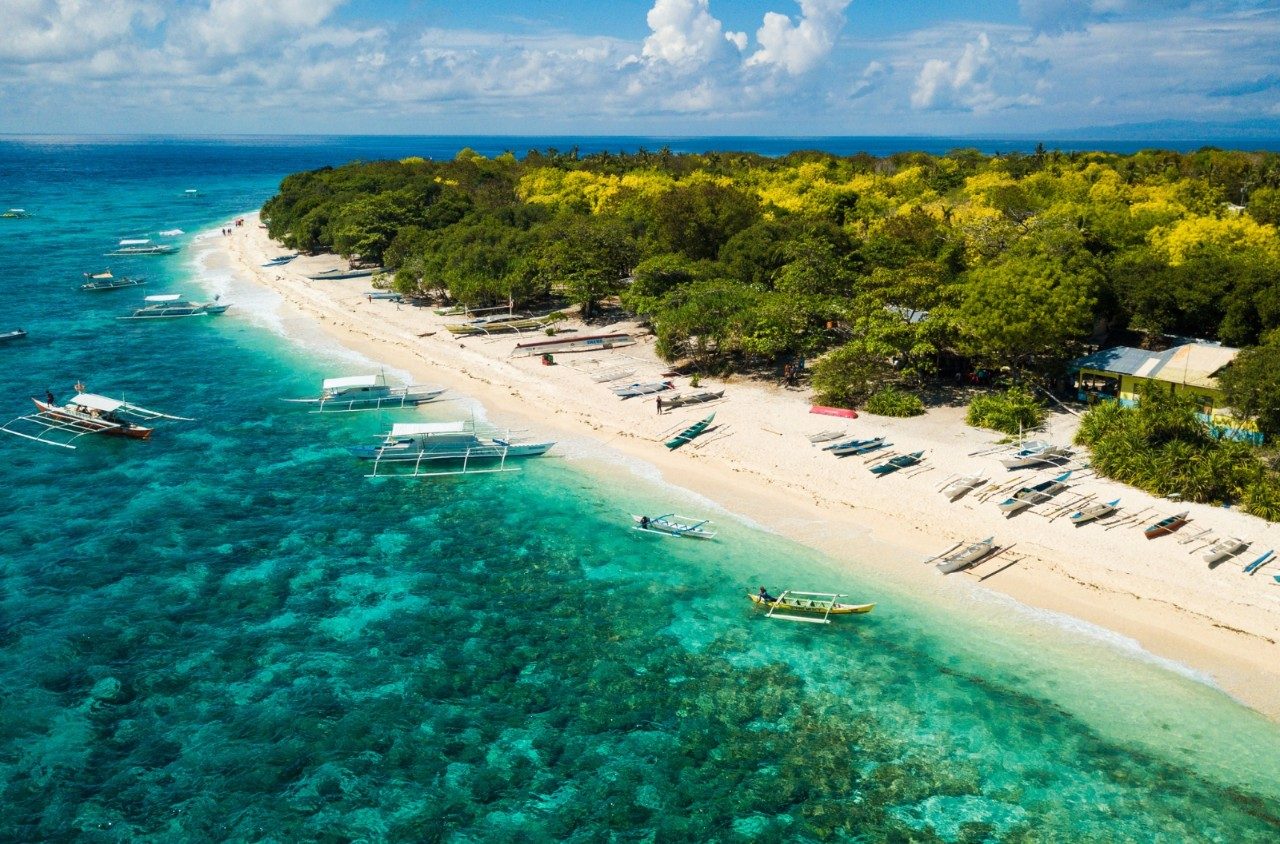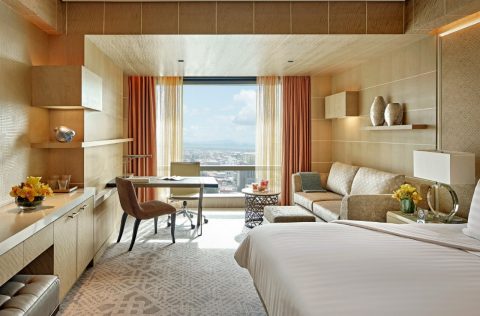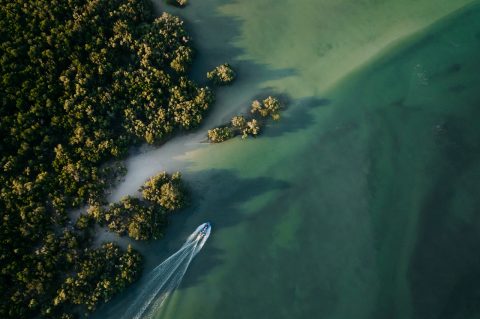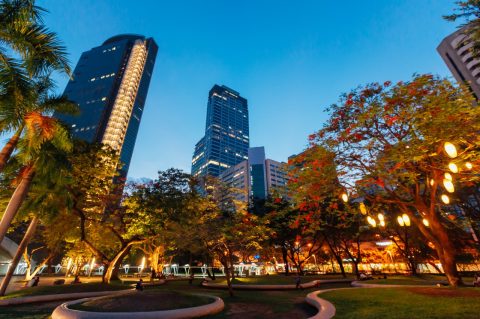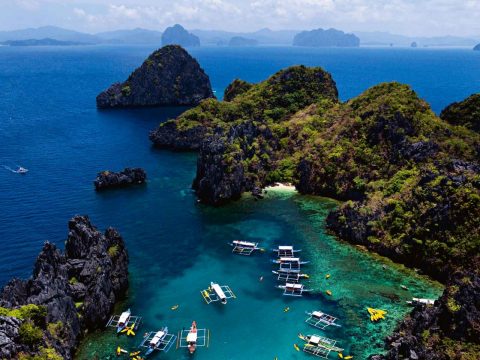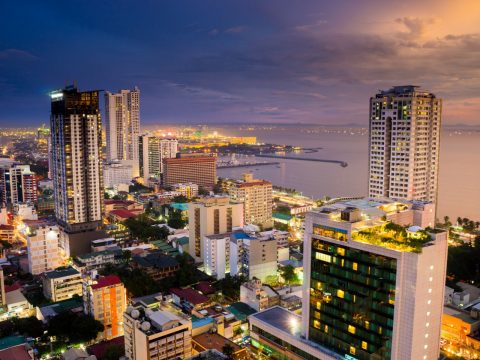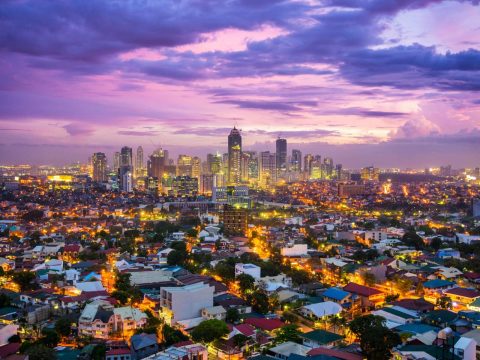Which Island in the Philippines is Best For You?
Less than eight hours from Sydney, in the South Pacific Ocean, the Philippines is home to more than 7000 tropical islands, 2000 of which are inhabited. The capital is Manila, which is nestled on the northern island of Luzon, and from there it's a quick flight or boat ride to the rest of the archipelago’s spoils. More than its white sand beaches and azure waters, the region is replete with thick jungles, dramatic mountain ranges and incredible snorkelling spots. But how to choose your little slice of paradise? Read on to discover which island in the Philippines is best for you.
Image credit: Alamy
Kick back on the powder white sand of Boracay
1/11This once-secluded isle, located in the Western Visayas region of the Philippines, has quickly become one of the country’s buzziest spots to visit. The aptly named White Beach, a four kilometre stretch of powder-white sand, is now home to a range of decadent accommodation options – from the more relaxed Bamboo Bungalows to luxe five-star hotels such as Henann Crystal Sands Resort, which lies footsteps from the ocean. The sunsets here are legendary, so hop aboard a scenic cruise, where you’ll enjoy live music, pica-pica (local nibbles including Shanghai rolls) and cocktails for a leisurely two hour sail around the bay.
Image credit: Alamy
Kayak through the limestone formations at El Nido, Palawan
2/11Palawan may look svelte but it’s actually one of the biggest islands in the country, consisting of one long mountain range. The under-the-radar Bacuit Archipelago in the region of El Nido, consists of 45 limestone karst cliffs punctuated with secluded lagoons and coves. Book an all-day guided island-hopping tour, which includes clear kayaks, snorkelling gear and lunch, and get ready to explore the magic of Bacuit Bay, the Big Lagoon, Seven Commandos Beach and the Secret Lagoon.
Image credit: Alamy
Wander the caves of Caramoan
3/11Established in 1938 and looking like it's straight out of a cartoon paradise, Caramoan National Park is located on the peninsula of Caramoan on the west coast of Luzon. With a 4000-hectare limestone forest, there are treks suitable for all levels of experience that wind through the isles’ caves and gorges. Explore incredible stalactite formations and huge caverns, including Umang Cave, named after the umang (crabs) that used to live there – it’s well-lit by two skylights that allow the sun to stream through.
Image credit: Alamy
Catch a break at Siargao
4/11This tear-shaped island, in the southernmost part of the Philippines, is a mecca for thrill-seekers. That’s because the surf, most notably Cloud 9 beach, features waves that regularly reach over two metres. Join the surfers at dawn for the best breaks. Surfing not your thing? Hang out by the pool at the Siargao Bleu Resort and Spa – it’s just five minutes from the beach – or indulge in a massage before ordering the signature coconut crab curry at the onsite House of Crab.
Image credit: Alamy
Dive through shipwrecks at Coron Bay
5/11Situated in the Sulu Sea, between the islands of Coron and Busuanga in the Westernmost part of the Philippines, is Coron Bay. Divers head here to explore the Japanese supply fleet sunk in September 1944 amid an American air strike during World War II. The vessels are among some of the best dive sites in the region.
Image credit: Alamy
Take in 360-degree views of the Chocolate Hills, Bohol
6/11Declared a UNESCO National Geological Monument in 1988, these 1200-plus grass-covered hills in the region of Bohol turn brown in the dry season between December and May. The result is what looks like a mass of Hershey’s Kisses and covers the land as far as the eye can see. It makes for an extraordinary photograph, but you can also visit the Chocolate Hills Adventure Park, where you’ll enjoy zipline bike riding or zipline ‘surfing’ over the hills.
Image credit: Alamy
Befriend wild sea turtles at Apo Reef, Mindoro
7/11Located in the northern part of the Coral Triangle and stretching 33 kilometres off the coast of Occidental Mindoro, Apo Reef is one of the largest coral reef systems in the world. Consisting of two isolated coral reefs that are interrupted by a 30-metre deep channel, this stunning spot is a diver’s paradise. There are multiple snorkelling tours to choose from and if you’re lucky, you may even get the chance to swim alongside the ancient and ever-beautiful sea turtles – some of them are even known to get close enough to get within arm’s reach.
Image credit: Alamy
Discover Batanes, the ‘Home of the Winds’
8/11Situated 162 kilometres north of the Luzon mainland and about 190 kilometres south of Taiwan, Batanes is the smallest province in the Philippines. A two-hour flight from Manila, this nature-lovers’ paradise offers canyons, cliffs, unique geological formations and endless views of the sea. Hike up Mount Iraya – one of the country’s 22 active volcanoes – for panoramic views over the region or stroll along the three-kilometre Valugan Boulder Beach and take in the quaint rock formations that give it its name. Don’t miss the Vayang Rolling Hills – it's the archipelago’s most picturesque spot and the best time to go is around 5pm as the sun begins to set, giving the hills a warm glow.
Image credit: Alamy
Escape to the Ardent Hot Springs on Camiguin Island
9/11There are few things more invigorating than soaking in a hot spring, and the Ardent Hot Spring in the Philippines on Camiguin Island is one of the world’s most majestic. The water, which flows out of the forest and into swimmable, multi-tiered pools, hovers between 35 and 40 degrees Celsius, thanks to its position at the foot of Mount Hibok Hibok volcano. After basking under the sun on Agoho Beach, rent a bike and head into the forest to unwind in the soothing spring-fed waters.
Eat your heart out in Cebu
10/11Cebu, central Philippines, is a bustling metropolis where the country’s colonial Spanish past has evolved hand-in-hand with traditional and contemporary Filipino culture. The Spanish influence is evident in buildings such as Basilica del Santo Niño, the oldest Catholic Church in the country, and the Sinulog Festival held every January (in 2025 it will be on January 19), a religious and cultural festival that’s considered the biggest in the Philippines. Each year, in celebration of Jesus, there are multiple parades and processions along with street dancing. Join in the fun while munching on national dishes, including zesty dried mangoes and lechón, a herb infused, spit-roasted suckling pig enjoyed at gatherings.
Up Next
11/11